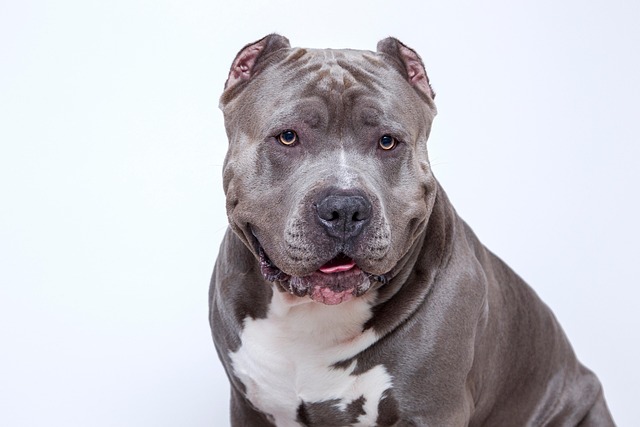
How do you treat gastrointestinal disease in dogs?
Gastrointestinal (GI) issues in dogs are more common than many new pet owners realize—they can pop up after a stolen table scrap, a sudden food switch, or even stress from a new apartment move.
Dogs with diabetes often show subtle but consistent changes in behavior that pet owners might initially miss. One common sign is increased thirst—you might notice your dog lapping up water from their bowl more frequently, or even trying to drink from the toilet or sink. This goes hand in hand with more frequent urination; they might ask to go outside more often at night, or have accidents indoors even if they’re fully house-trained. These two symptoms usually go together because high blood sugar makes the body try to flush out excess glucose through urine.
Another key behavior change is sudden weight loss, even if your dog is eating the same amount (or more) than usual. Diabetes stops the body from using glucose for energy, so it starts breaking down fat and muscle instead—you might feel their ribs more easily when petting them, or notice their waist looks more defined. Some dogs also become more lethargic; a pup that once loved long walks might now lag behind, or curl up and sleep instead of playing with their favorite toy. This lack of energy happens because their cells aren’t getting the fuel they need to function.
 It’s important to connect these symptoms to local pet care laws and norms, which often require owners to provide timely veterinary care for chronic conditions like diabetes. In many regions, neglecting a dog’s medical needs—like ignoring diabetes symptoms—could be considered animal cruelty, leading to fines or even legal action. If you spot these signs, schedule a vet visit right away; early diagnosis makes managing diabetes (with insulin, diet, and exercise) much easier. Many vets also offer payment plans, which helps align with the cultural value of making pet care accessible.
It’s important to connect these symptoms to local pet care laws and norms, which often require owners to provide timely veterinary care for chronic conditions like diabetes. In many regions, neglecting a dog’s medical needs—like ignoring diabetes symptoms—could be considered animal cruelty, leading to fines or even legal action. If you spot these signs, schedule a vet visit right away; early diagnosis makes managing diabetes (with insulin, diet, and exercise) much easier. Many vets also offer payment plans, which helps align with the cultural value of making pet care accessible.
Changes in appetite can also signal diabetes—some dogs eat more because their bodies crave energy, while others eat less if they’re feeling unwell. You might also notice unusual behaviors like excessive panting, even when it’s not hot, or confusion (like forgetting where their bed is). These signs are easy to brush off as “just getting older,” but they’re important clues, especially for middle-aged or senior dogs (which are more at risk). Keeping a daily log of your dog’s eating, drinking, and bathroom habits helps the vet make a quick diagnosis—this is a common practice in many Western households.
By staying alert to these behavior changes, you can get your dog the care they need before diabetes leads to more serious issues (like kidney damage or blindness). Remember, managing diabetes is a long-term commitment, but most dogs with diabetes live happy, active lives with the right care. Follow your vet’s advice on medication and diet, and stick to local laws that require keeping your pet healthy—this not only keeps your dog safe but also shows responsible pet ownership, which is valued in most communities.

Gastrointestinal (GI) issues in dogs are more common than many new pet owners realize—they can pop up after a stolen table scrap, a sudden food switch, or even stress from a new apartment move.

It’s a common misconception that health problems only affect older dogs. The reality is that certain issues can appear at any stage of a dog’s life

I sat with my friend Tom in his backyard last weekend, watching his 10-year-old German Shepherd, Bear, doze in the sun. “I keep wondering how much time we have left

I stood in a pet store with my friend Jake last weekend, watching him stare at a wall of puppy products—his 10-week-old French Bulldog, Lola, was coming home in 3 days

Gastroenteritis can throw a wrench in your dog’s usual energy—one day they’re begging for table scraps, the next they’re turning away from their favorite kibble, or dealing with upset tummies.

I sat with my coworker Mike in the break room last week, as he flipped through a stack of dog food bags—his 9-year-old Lab, Duke, had just been diagnosed with early kidney disease